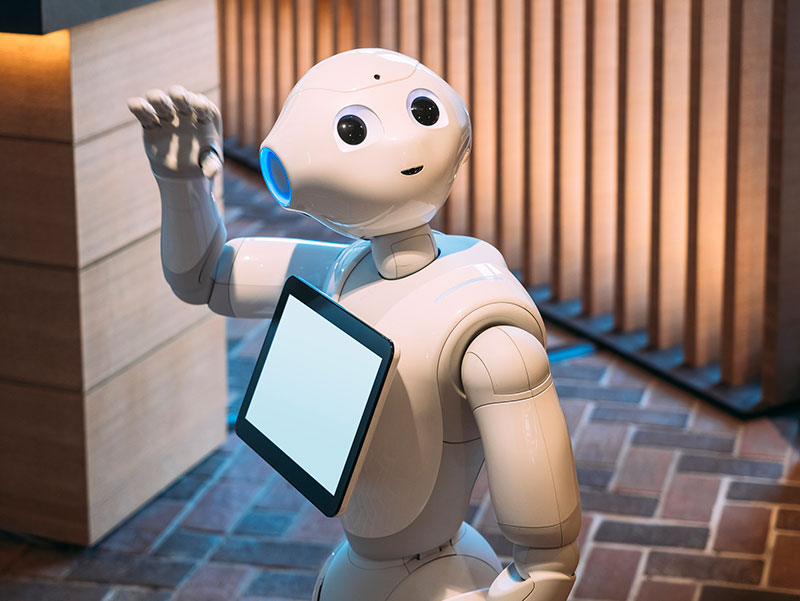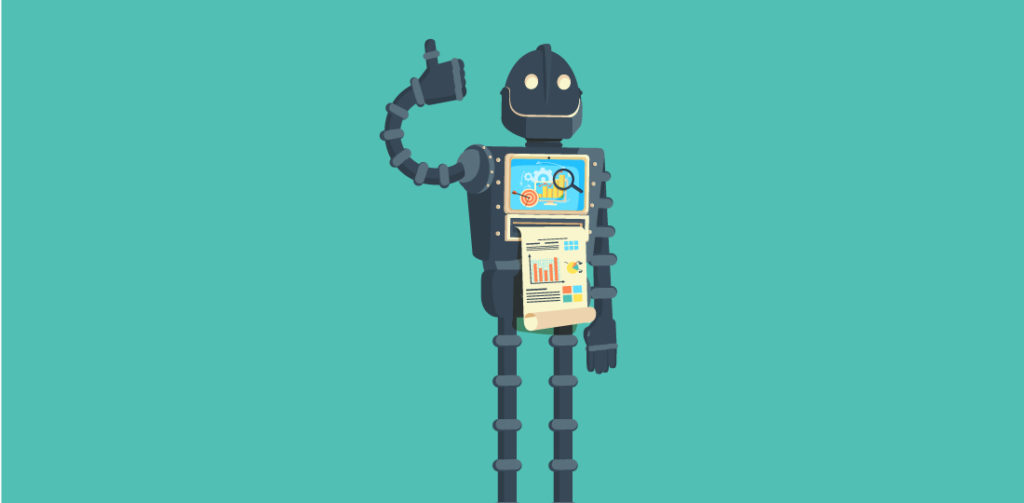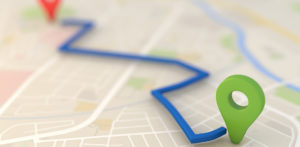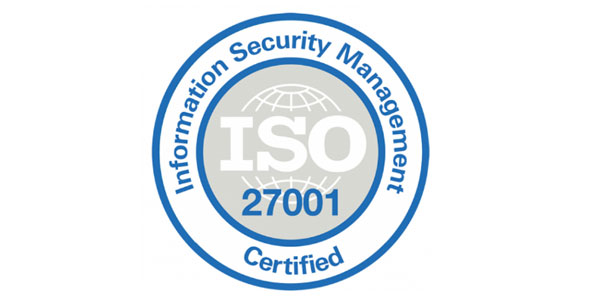The market for artificial intelligence (AI) in healthcare is set to exceed $6.6 billion by 2021 at a 40 percent compound annual growth rate, according to a recent analysis by Frost & Sullivan.
Currently, healthcare institutions use artificial intelligence to deliver administrative workflow assistance, detect fraud, and secure cyber assets, among other backend tasks. However, another AI application, though still in its infancy, could be set to disrupt hospitals’ customer-facing operations and revolutionize the patient experience (PX): robots.
84% of healthcare executives believe AI will revolutionize the way they will gain information from and interact with customers.
Digital Health Technology Vision 2017, Accenture
Robots: PX Transformers in Disguise?
Artificially intelligent robots frequent diagnostic and surgical areas of care because of their ability to achieve more precise, controlled results than are possible with traditional methods. Increasingly, however, robots are moving to the forefront of care, communicating and interacting with patients at various stages of their healthcare experience. This includes the first and last touchpoints on campus: the parking lot.
Why Robots?
According to Aethon, robots could:
Reduce labor costs
Save floor space
Improve worker safety and satisfaction
Accommodate more deliveries and pickups
Here are four robots that could transform the patient experience from the parking lot.
1. Pepper
 What is it?
What is it?
A humanoid robot that recognizes and responds to human emotions, Pepper features a touchscreen that can be used to access directions, departmental information, and even play games. According to developer SoftBank Robotics, Pepper reduces anxiety, especially in pediatric patients, and can even be used as a teaching tool.
How can it be used?
Humanoid robots like Pepper can, as the name suggests, be peppered throughout your patient transition zones. There, they can be programmed to greet patients and visitors and provide directions, parking advice, and other facility information as needed.
As with any patient-facing technology, Pepper’s placement must to be well formulated — it’s unlikely, for example, that patients visiting the ER will have the patience (or even means) to interact with the new technology. Further, certain demographics may be more wary of interacting with artificial intelligence, instead appreciating a friendly face that just so happens to be human.
2. The TUG
What is it?
Looking suspiciously like a self-aware photocopier, TUGs glide through hospital hallways delivering food trays and perishables such as medical supplies, biological samples, and even organs. TUGs are intended to reduce the workload of primary carers and ancillary staff.
How can it be used?
TUGs can be used to safely and sanitarily transport waste around your parking facility. According to creators Aethon, TUGs can be synced with automated dumping equipment, allowing them to empty loads without any human help.
3. Paro
What is it?
Recognized as the “World’s Most Therapeutic Robot” by Guinness World Records, PARO is a robotic baby harp seal that uses AI to perceive the world around it. It can identify voices, learn repeated behaviors, and distinguish the engagement interaction. According to developer PARO Robots, PARO can reduce patient stress and stimulate interaction between them and their caregivers.
How can it be used?
PARO can be used by Impark HEALTH’s patient attendants and wayfinding ambassadors as a way to alleviate anxiety in patients with dementia, Alzheimer’s, and other communication difficulties, as well as children. PARO inventory can be kept on shuttles and at Impark HEALTH valet stands (or other manned help points) to distribute as indicated in your patient experience plan.
4. K5
 What is it?
What is it?
Weighing in at 400 pounds, the K5 is a five-foot-tall autonomous security robot with a “commanding presence” that curbs antisocial behavior, according to makers Knightscope. K5 is equipped with infrared sensors and cameras that can differentiate “normal” activity from potential criminal behavior.
How can it be used?
In addition to security patrols, K5 can conduct up to 300 license plates reads every minute, streamlining the parking enforcement process while also eliminating the potential for negative employee-customer interactions. K5 can also be used to track vehicle dwell times and lot use.
Considerations
It’s easy to pick out technology and place it in your facility — the real challenge begins with facilitating acceptance and adoption. That’s where Impark HEALTH can help.
Using site-specific usage information, forecasting, and cooperative design principles, we work with our clients to formulate technology transition plans that augment the long-term engagement potential — and most importantly, the enjoyment potential — of technology.
Impark HEALTH
At Impark HEALTH, we take our role as patient care custodians very seriously. That’s why we keenly follow the latest developments in healthcare and proactively look for present and future opportunities to collect data, deliver efficiencies, and improve the patient experience.
Let’s see how we can help you. Contact an Impark HEALTH specialist today.
Mark Williams is director of strategic accounts at Impark HEALTH. Email him at markwilliams@impark.com.







